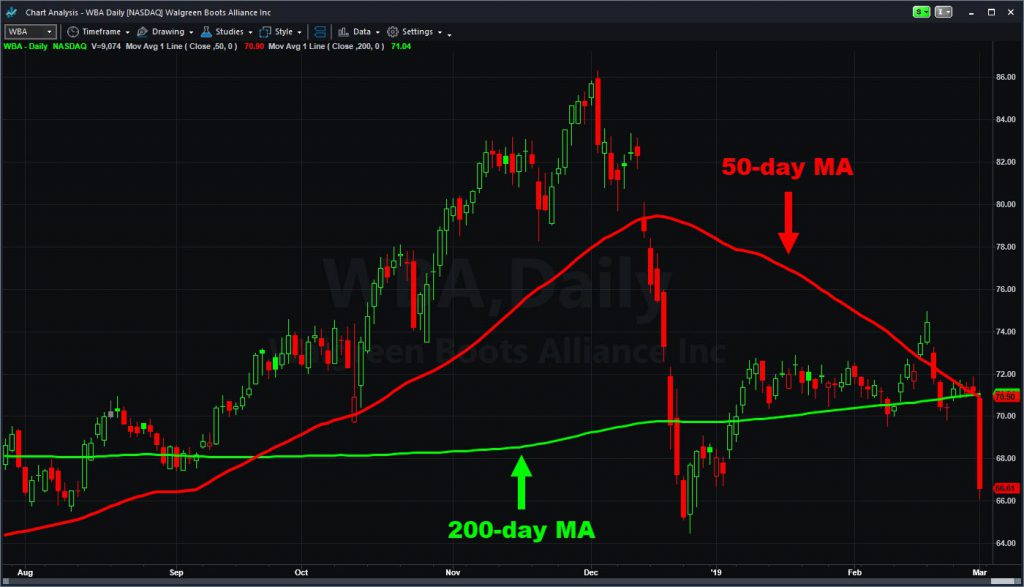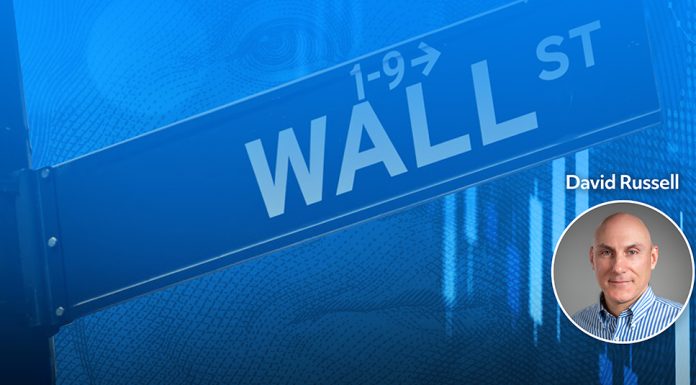Market Insights has covered the split between the new winners and losers in technology. Something similar seems to be underway in the health-care sector.
Drug makers whose products offer the promise of growth have led. These includes biotechnology stocks, which keep getting acquired, plus bigger traditional names like Eli Lilly (LLY) and Merck (MRK).
Some makers of medical devices and products also belong on the outperforming list:
- Agilent (A): The laboratory equipment company broke out to new highs a month ago and kept climbing after results beat estimates.
- Stryker (SYK): The maker of replacement joints has been running since a better-than-expected quarterly report on January 30.
- Intuitive Surgical (ISRG): The maker of surgical robots has climbed since preannouncing strong revenue on January 9.
But some other prominent names are badly lagging the market this year:
- CVS Health (CVS): Top pharmacy chain in the U.S. cratered to a new five-year low following a weak quarterly report on February 20.
- Walgreen Boots Alliance (WBA): The No. 2 pharmacy chain made some bearish comments at a conference last Thursday.
- Teva Pharmaceuticals (TEVA): The maker of generic drugs has been stuck at $17 since missing estimates on February 13.
- Mylan (MYL): Another generic-drug maker hit a six-year low on poor results and even poorer guidance.
The laggards have some common themes. First, they all face margin pressures because of weak pricing. CVS warned of lower prices for medicines sold to nursing homes and lower rebates from drug makers. WBA cited pressure from reimbursements and downward pressure on generic medicines. TEVA and MYL also warned of lower prices.

Second is a rising chorus of political risk in Washington. President Trump has repeatedly called for lower drug prices. Members of the U.S. Senate echoed those demands at hearings last week. Will the industry have any defenders going forward — especially with a crowded field of Democrats vying for the White House?
Heavy Debt Loads
The third issue is debt because all these companies have borrowed for mergers in the past. TEVA and CVS are the most heavily leveraged, with enterprise values at twice their market capitalizations. MYL and WBA have cleaner balance sheets.
This can be a problem because companies run up debt, looking for cost-savings and price increases to cover interest payments. But if those rosy predictions don’t pan out, the shareholders are stuck holding the bag. Just look at what happened to junk-rated stocks like Coty (COTY) and Community Health (CYH) before their recent turnarounds.
In conclusion, Market Insights is committed to keeping you up to with trends as they appear. Now that another earnings season has passed, some new patterns of winners and losers seem to be at work in the health-care sector.





















